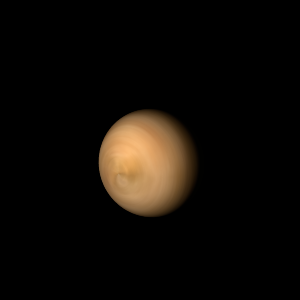|
|
Space Astro
|
Info for exoplanet "Autosteph-mona"
| Scientific (actual) data |
|---|
| Name | HD 206893 b |
| Planet status | Confirmed |
| Planet mass | 23.88 |
| Radius | 0.91 |
| Orbital period | 9350 |
| Semi major axis | 8.93 |
| Orbit eccentricity | 0.27 |
| Inclination | 156 |
| Discovered | 2016 |
| Updated | 2025-05-06 |
| Omega | 203.6 |
| Temp measured | 1640 |
| Publication | Published in a refereed paper |
| Detection type | Imaging |
| Mass measurement type | Spectrum |
| Radius measurement type | Theoretical |
| Alternate names | HD 206893B |
| Star name | HD 206893 |
| Right ascension | 326.34° |
| Declination | -12.78° |
| Mag v | 6.67 |
| Star distance | 38.34 |
| Star mass | 1.24 |
| Star sp type | F5V |
| Star age | 1.1 |
| Star temperature | 6486 |
| Wikipedia article | HD 206893 b |
Back
| |
| Fictional info (?) |
|---|
| Suggested name | Autosteph-mona |
| Planet type | Huge cold gas giant |
|
| Atmosphere | Hydrogen peroxide | 99% |
| Atmospheric pressure | 29 bar |
 |
| No known satellites |
| Google search for Autosteph-mona |
|
Website by Joachim Michaelis
|
|
|
|